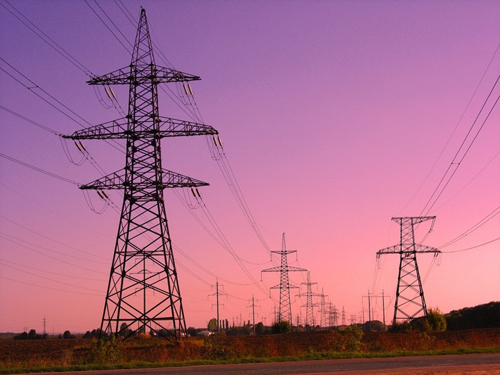
In the strict sense of Power Quality, the main indicators for measuring power quality are voltage, frequency, and waveform. In a general sense, it refers to high-quality power supply, including voltage quality, current quality, power supply quality, and power quality. Power quality problems can be defined as voltage, current, or frequency deviations that cause electrical equipment to malfunction or fail to function. The contents include frequency deviation, voltage deviation, voltage fluctuation, flicker, three-phase imbalance, transient or transient Voltage, waveform distortion (harmonics), voltage dips, interruptions, temporary rises, and power continuity.
In modern power systems, voltage dips, temporary rises and short interruptions, distortion of the voltage waveforms generated by harmonics have become the most important power quality problems.
1. Voltage unbalance means that the amplitude or phase of the three-phase voltage is asymmetric. The degree of imbalance is expressed in terms of the degree of imbalance (the percentage of rms voltage and positive sequence components). A typical three-phase imbalance means that the degree of imbalance exceeds 2% and that it exceeds 4% in a short period of time. In power systems, unbalanced industrial loads and various ground short-circuit faults can lead to unbalanced three-phase voltages.
2. Overvoltage is a voltage with a duration greater than 1 minute and an amplitude greater than the nominal value. The typical overvoltage value is 1.1 to 1.2 times the nominal value. The overvoltage is mainly caused by the load removal and the input of the reactive power compensation capacitor bank. In addition, the incorrect setting of the transformer tap is the cause of overvoltage.
3. Undervoltage is a voltage with a duration greater than 1 minute and a magnitude less than the nominal value. The typical undervoltage is 0.8 to 0.9 times the nominal value. The reason for this is generally due to the input of the load and the removal of the reactive power compensation capacitor bank. In addition, the wrong setting of the transformer tap is also the cause of undervoltage.
4. The voltage sag is a drop in the effective value of the voltage for a short time at the power frequency. The typical voltage drop is 0.1 to 0.9 times the nominal value for a duration of 0.5 cycles to 1 minute. The main causes of voltage dips are power system failures, such as system ground short-circuit faults; startup of large-capacity motors and sudden increase in load can also lead to voltage sags.
5. The voltage swell refers to the rise of the effective value of the voltage within a short time at the power frequency. The typical voltage swell is 1.1 to 1.8 times the nominal value, and the duration is 0.5 cycles to 1 minute. The main causes of the voltage surge are power system failures, such as single-phase ground faults in the system, and large-capacity motor stoppages and load dumps are also important causes of voltage surges.
Sound System,On Wall Speakers,Home Theater System,Wireless Home Theater
The ASI Audio Technology Co., Ltd , https://www.asi-sound.com